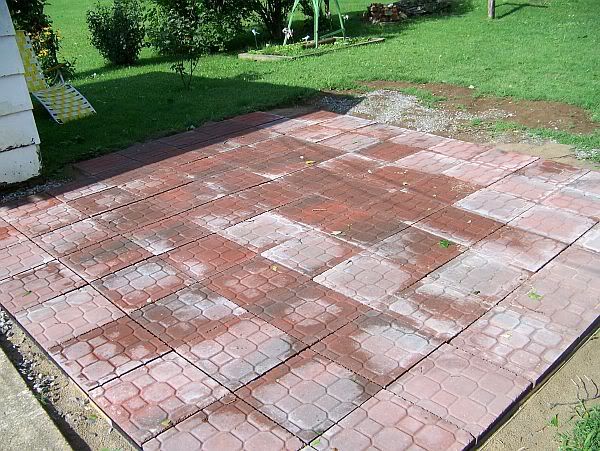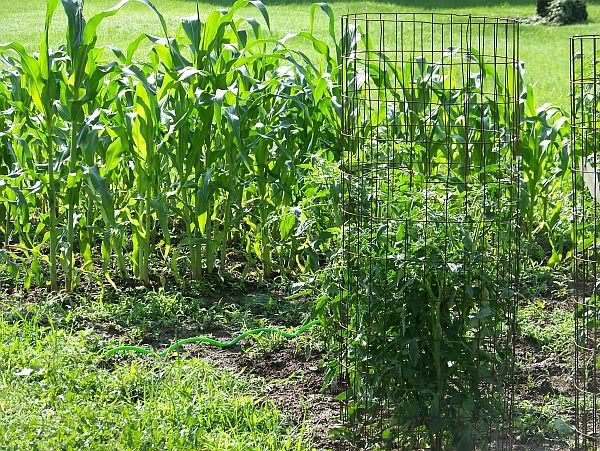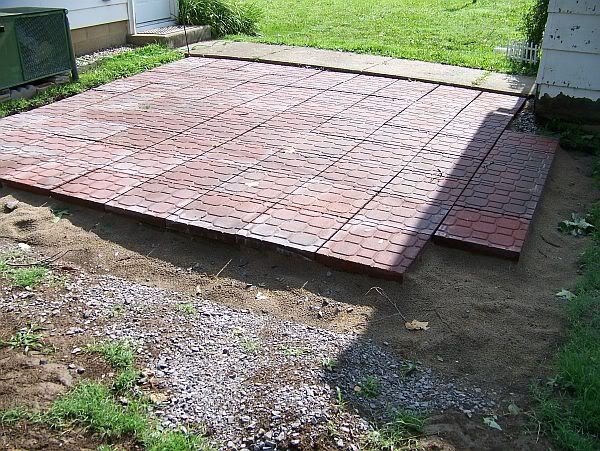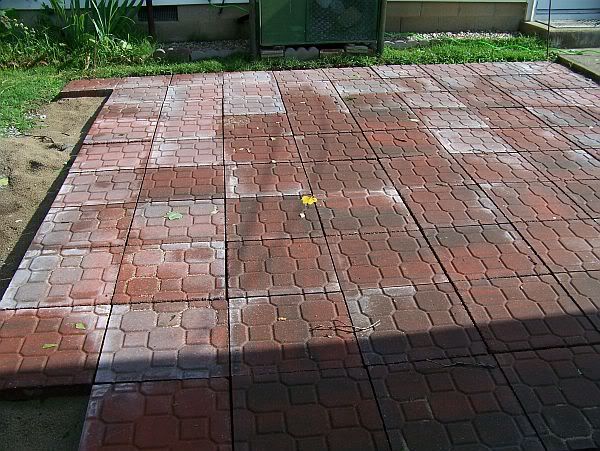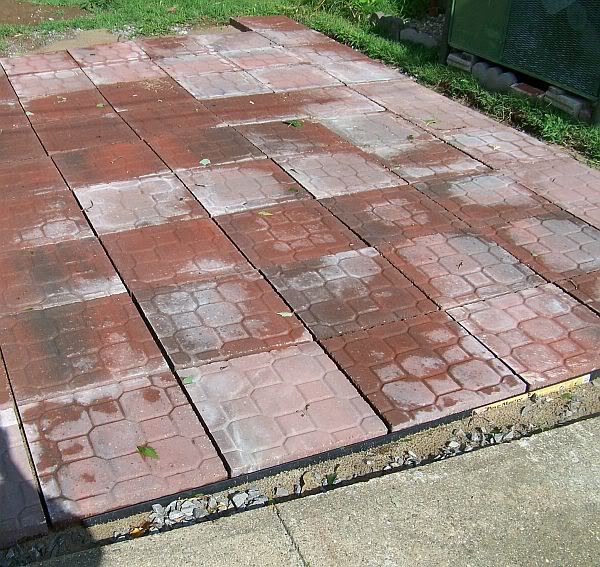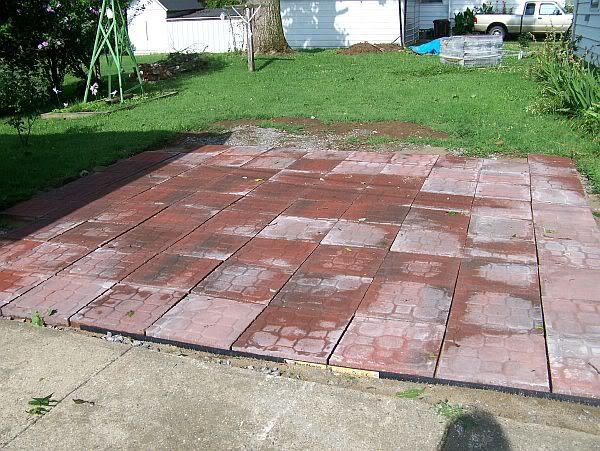First of all, I am not through but I will be SO happy when I am. I am still laying pavers and after that have to fill in with sand and then outline patio with river rock.
There are many good websites for information. I will try to post some here but just google in meantime.
They tell you to first use a 3/4 grade limestone about 3 to 4 inches, then a 2% paver) sand (drains good) of at least 2 inches and then the width of your paver/brick. To have this even with the ground, you have to dig down a total of this.
First of all, I wish I had just used something like pea gravel or no gravel at all. However, that 3/4 roadpack will set up quite well. Next, if you are laying these by yourself like I am, DON'T use a 16" square paver..too big and so heavy. Also I thought I could just work from the sidewalk but the sidewalk is not square with the house so that is why it is at an angle. They tell you to slope away from your house. Well, I have a lot of slopes..lol..and I think it will drain just fine with the gaps between the stones and the river rock on the outside.
Very important...I don't think a paver patio can ever be level. I have really tried but I think this is impossible. I am going for the vintage look..:D You can try to drag your sand with a 2 x 4 but the best thing to do is just to have a bucket of sand and level each paver as you go. That is what I have been doing on the last part of it so that will be a lot more level than the first part.
At this point, I don't care! Just want to finish and put my furniture on it and start enjoying.
Days of work preparing. First we had to slice off the top layer of lawn. I recommend renting a sod cutter machine to do this. We did it all manually. Then we took her tiller and tilled up the soil to make it loose. Finally, someone with a tractor said they would help so they removed the dirt to a pile to later use for gardens or something else. Only problem here is they didn't go down low enough so we just had to wing it. Tractor also brought in the layer of rock. We wheel barrowed the sand in by hand.
For a 15 x 15 (which it is not that big now) took about 1.5 tons of sand and about 2.5 of gravel. Cost about 125.00. Delivery was the most cost but didn't want to truck it in myself.
Anyway, still more work to do. Be prepared to take lots of pain reliever and have the muscle rub handy. Will post pics of final product later.
BTW, this is my garden with tomatoes and corn. Need to weed but have been too busy with patio. We had a storm yesterday and it knocked down all my baskets. I was out knee deep in mud getting them back up.






 --they are so cute!
--they are so cute!
